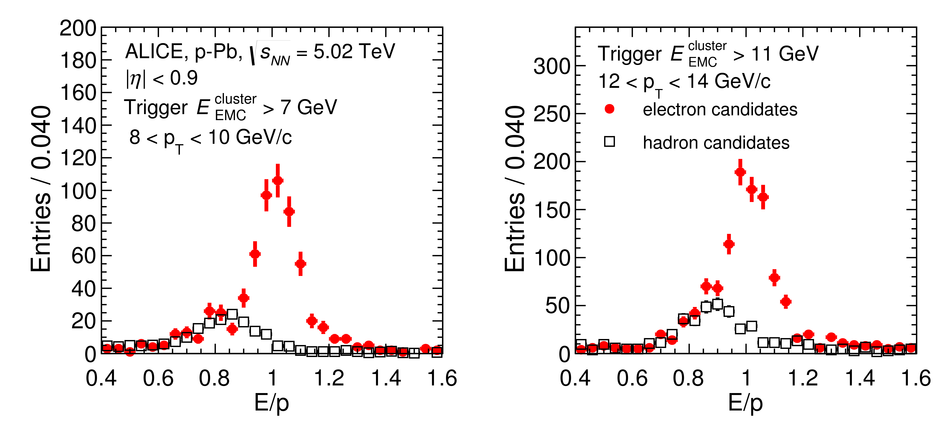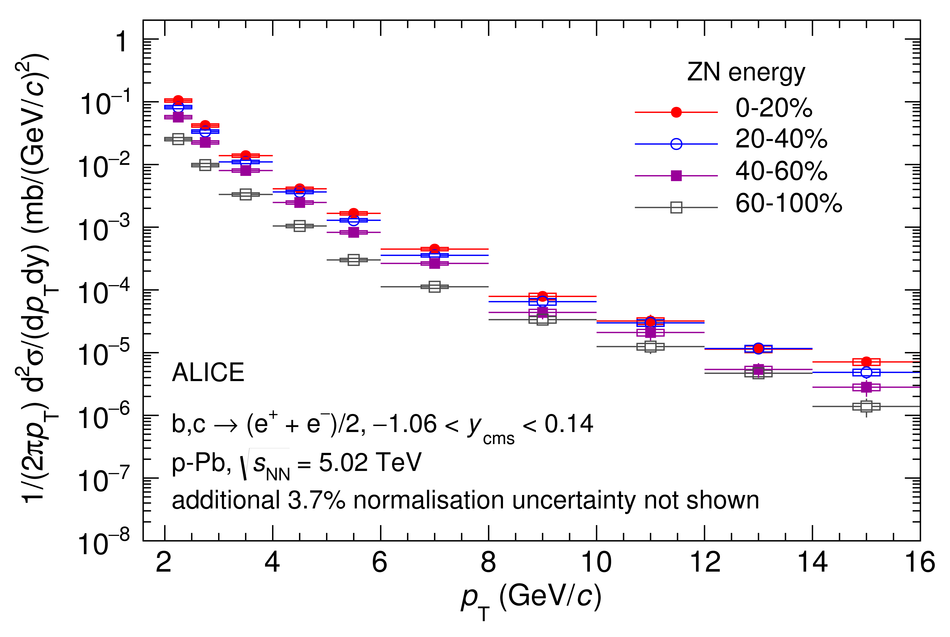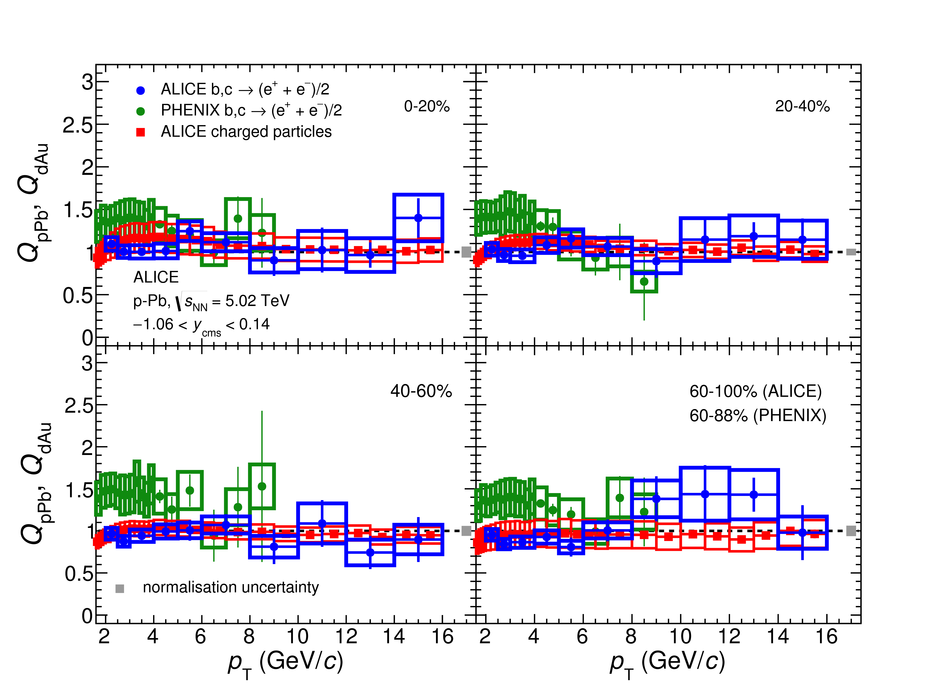The multiplicity dependence of electron production from heavy-flavour hadron decays as a function of transverse momentum was measured in p-Pb collisions at $\sqrt{s_{\rm NN}}$ = 5.02 TeV using the ALICE detector at the LHC. The measurement was performed in the centre-of-mass rapidity interval $-1.07 <~ y_{\rm cms} <~ 0.14$ and transverse momentum interval 2 $<~ p_{\rm T} <~$ 16 GeV/$c$. The multiplicity dependence of the production of electrons from heavy-flavour hadron decays was studied by comparing the $p_{\rm T}$ spectra measured for different multiplicity classes with those measured in pp collisions ($Q_{\rm pPb}$) and in peripheral p-Pb collisions ($Q_{\rm CP}$). The $Q_{\rm pPb}$ results obtained are consistent with unity within uncertainties in the measured $p_{\rm T}$ interval and event classes. This indicates that heavy-flavour decay electron production is consistent with binary scaling and independent of the geometry of the collision system. Additionally, the results suggest that cold nuclear matter effects are negligible within uncertainties, in the production of heavy-flavour decay electrons at midrapidity in p-Pb collisions.
JHEP02 (2020) 077
HEP Data
e-Print: arXiv:1910.14399 | PDF | inSPIRE
CERN-EP-2019-250








